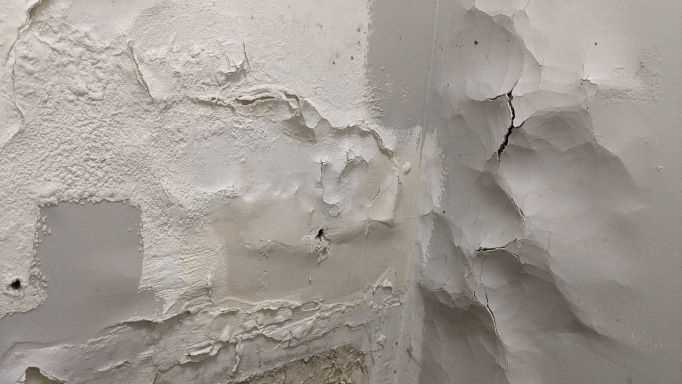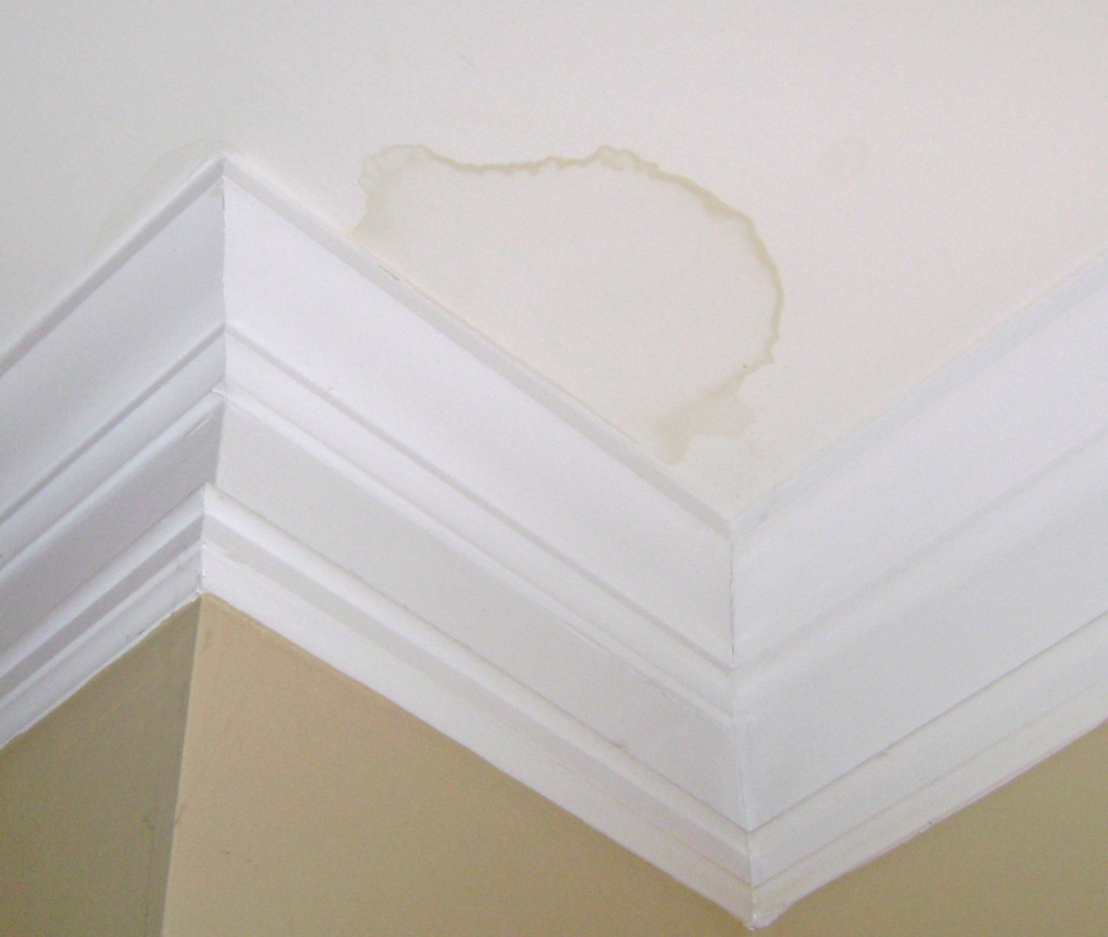Steps for Identifying and Fixing Water Stains on Walls: Checks
Steps for Identifying and Fixing Water Stains on Walls: Checks
Blog Article
Presented here in the next paragraph you'll find more wonderful tips related to Water Stains on Walls.

Water discolorations on walls are not positive to the eyes. Sometimes it appears virtually unavoidable to experience water spots on walls in houses.
Homeowners residing in damp areas continuously manage the worry of water discolorations on walls. However that does not have to hold true for you. With exact and all-round details on the reasons for water discolorations and also prompt repair service procedures, you will certainly always be a step ahead of such events. So, this article guarantees to be a handy overview for you.
3 Typical Reasons For Water Stains on Walls
Contrary to common belief, water discolorations on wall surfaces do not constantly come from bad building materials. There are numerous sources of water discolorations on wall surfaces. These include:
Poor Drainage
When making a building plan, it is critical to make certain appropriate drainage. This will certainly protect against water from leaking into the walls. Where the water drainage system is obstructed or missing, underground moisture accumulates. This web links to extreme wetness that you see on the wall surfaces of your building.
The leading cause of wet wall surfaces, in this situation, can be a poor water drainage system. It can additionally be because of poor management of sewer pipes that go through the structure.
Damp
When hot moist air consults with dry cool air, it creates water beads to form on the walls of structures. This takes place in bathroom and kitchens when there is vapor from food preparation or showers. The water droplets can tarnish the bordering walls in these parts of your home and infect other areas.
Wet or condensation impacts the roof and also walls of buildings. This creates them to appear darker than other locations of the home. When the wall surface is wet, it produces a suitable setting for the growth of microbes and also fungi. These may have damaging effects on health, such as allergic reactions as well as respiratory conditions.
Pipeline Leaks
Many residences have a network of water pipes within the wall surfaces. This guarantees that the pipelines are well away from the reach of devastating rodents. It constantly increases the feasibility of such pipes, as there is little oxygen within the walls. This inhibits rust.
A drawback to this is that water leak affects the wall surfaces of the structure and triggers prevalent damage. An indicator of damaged pipes is the appearance of a water tarnish on the wall.
Water Stains on Wall Surface: Fixing Tips
When dealing with water stains, home owners would typically desire a fast fix. They would certainly quickly realize this is detrimental as the water spots persist. So, below are a few useful ideas that will assist you in the fixing of water spots on wall surfaces:
Pro Tip
A houseplant in your home likewise boosts its moisture. If the residence is currently moist, you might want to introduce houseplants with minimal transpiration. An instance of ideal houseplants is succulents.
Final thought
No one wants to have water stains on wall surfaces in their house, it can occur to the best of us. This article offers you take advantage of, as you now know just how to manage this accident if it does take place.
It is constantly best to recruit professional solutions to assist repair the damages in your house.
In some cases it seems virtually inescapable to experience water spots on walls in residences.
Contrary to popular idea, water spots on walls do not constantly stem from bad building products. There are several reasons of water spots on walls. The water beads can discolor the surrounding wall surfaces in these parts of your residence and also spread to various other areas.
Below are a few helpful ideas that will lead you in the repair work of water stains on wall surfaces:
CHECKING FOR WATER DAMAGE
Water damage can be costly, and it may begin before you even notice the first signs of trouble. Water damage can cause mold and mildew in your walls and floors, which can create an abundance of health concerns for your family. It can also lead to costly repairs of various appliances and general home fixtures. To avoid the pricey consequences of water damage, here are Warner Service s top 5 places you should check:
The walls The easiest place to spot the beginnings of water damage is on the walls and ceilings of your home. If water damage is present, there will most likely be water stains, especially around the windows and doorframes, and/or cracks in the drywall. If a stain looks unusual (discolored to brown, black or gray, raised texture), has a swollen appearance or is soft to the touch, contact a professional immediately. The pipes To avoid water damage, consistently check the pipes in your kitchen (especially the dishwasher and ice maker), bathrooms, laundry room (specifically washing machines) and basement for corrosion, leaks and water stains. Pay special attention to where the pipes connect in your home and the location of caulking around the bathroom fixtures, including toilets, sinks, showers and tubs. Missing or loose caulking and grout could be signs of leaking water. This seepage can also quickly cause mold and rust, so double check your water heater and tank for wet spots on the floor. The floor Water damage is very easy to spot on the floor. Look for any warping or buckling of the material, especially in the basement. If your home has wood flooring, look for bright white or dark stains. If your home has carpeting, keep it dry and clean. A damp carpet that smells of mold could cause water damage and health problems. To avoid this, consider installing floor pans under your appliances to help prevent damages from small, slow and undetected leaks. The basement and attic If your basement or attic smells odd check for mold and mildew around the area, especially the valley where the roof meets. While you are inspecting those areas, check for wall cracks, floor stains, rust and dampness in the insulation. If you live in a colder and/or rainier climate, perform routine checks for water damage from melting snow or ice and rain. The exterior Check the roof for damaged flashing and missing, cracked or curled shingles. There should also be no standing water anywhere outside your home. This could be caused by puddles, leaky rain gutters or hoses, poor drainage, or short gutter spouts. Invest in a sump pump system or water flow monitoring system, and perform routine maintenance on these outdoor appliances to avoid indoor water damage.

I found that write up on How to Remove Water Stains from Walls and Ceilings when perusing the internet. I beg you take the time to promote this blog if you appreciated it. I appreciate reading our article about Indicators of Water Damage Behind Walls.
Start Now Report this page